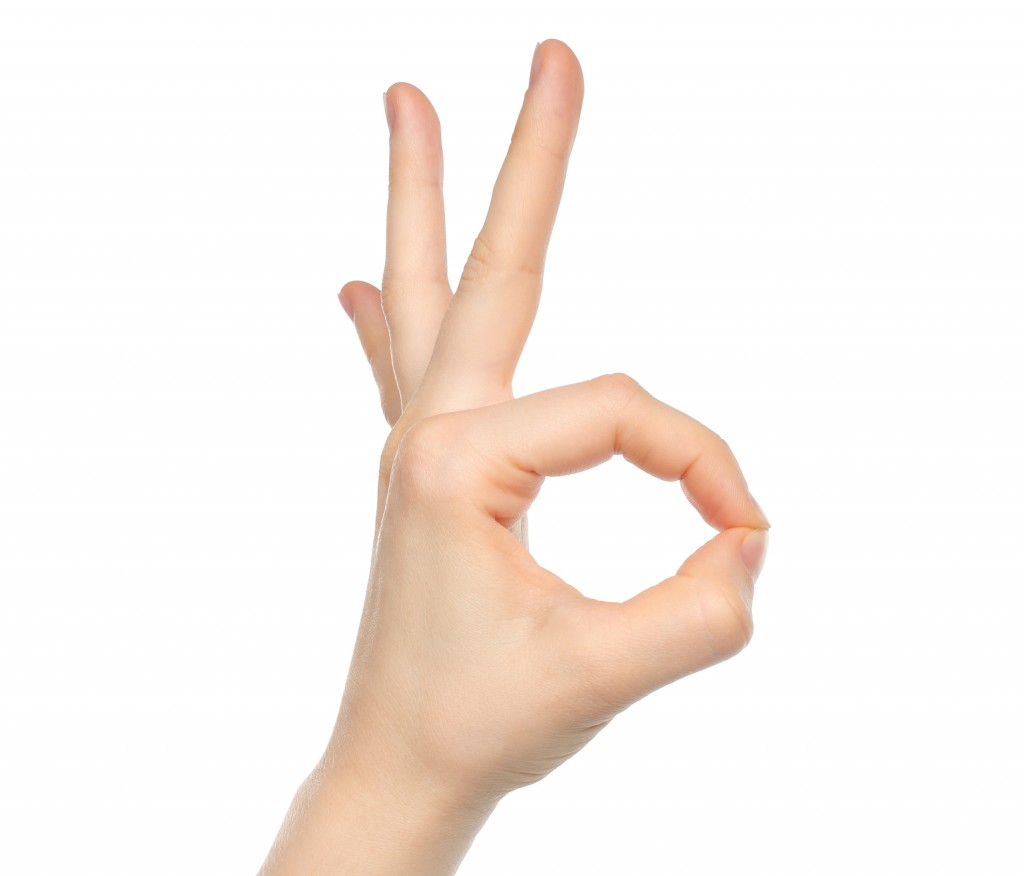The OK sign is a hand gesture that has been widely used across various cultures and contexts to signify approval, agreement, and satisfaction. However, its meanings and interpretations can vary significantly depending on cultural backgrounds and social contexts. In this article, we delve deep into the origins of the OK sign, its various meanings, and the controversies that surround it in modern times.
Throughout history, gestures have played a crucial role in human communication. The OK sign, represented by forming a circle with the thumb and index finger while the other fingers are extended, is one of the most recognizable gestures worldwide. But what many may not realize is that this simple gesture carries a rich tapestry of meanings and implications that are worth exploring.
In our exploration, we will cover the historical context of the OK sign, its interpretations in different cultures, its controversial associations in recent years, and the importance of understanding non-verbal communication. Let’s embark on this informative journey to uncover the layers behind the OK sign.
Table of Contents
- 1. History of the OK Sign
- 2. Meanings Across Cultures
- 3. Controversies Surrounding the OK Sign
- 4. Psychological Impact of Gestures
- 5. Statistical Insights on Gestures
- 6. Building Trust Through Non-Verbal Communication
- 7. Conclusion
- 8. References
1. History of the OK Sign
The origins of the OK sign can be traced back to ancient civilizations. The gesture itself has been documented in various cultures around the world, often with different meanings. In the United States, the OK sign became popularized in the 19th century, particularly with the advent of the telegraph and radio communications, where it signified that a message had been received correctly.
In the 20th century, the OK sign was further popularized by its association with the phrase "OK," which had become a common term for approval and agreement. The hand gesture was often used in films, television, and advertisements, reinforcing its positive connotation.
2. Meanings Across Cultures
While the OK sign is generally understood to mean approval in many Western cultures, its interpretation can vary significantly in other regions. Understanding these differences is crucial for effective communication.
2.1 Western Context
In Western cultures, the OK sign is primarily seen as a positive gesture. It is commonly used in casual conversations, business meetings, and social interactions to express agreement or satisfaction. For example, in the United States, it’s often used in friendly or informal settings to convey that everything is fine or good.
2.2 Eastern Context
In some Eastern cultures, however, the OK sign can have different implications. For instance, in Brazil and some parts of the Mediterranean, the gesture is considered offensive and can be interpreted as a vulgar insult. Additionally, in Japan, the OK sign is often associated with money rather than general approval.
3. Controversies Surrounding the OK Sign
In recent years, the OK sign has become embroiled in controversy due to its appropriation by certain extremist groups. What was once a benign gesture has been recontextualized in some circles as a symbol of hate. This shift has led to confusion and misunderstanding regarding the gesture's original meaning.
The Anti-Defamation League (ADL) has recognized the OK sign as a hate symbol in specific contexts, particularly when used by white supremacist groups. This development has sparked discussions about the importance of context in interpreting gestures and symbols.
4. Psychological Impact of Gestures
Gestures play a significant role in non-verbal communication and can greatly influence interpersonal relationships. The OK sign, when used positively, can reinforce trust and agreement between individuals. Conversely, when associated with negative connotations, it can lead to misunderstandings and conflict.
Research has shown that non-verbal cues, including gestures, can affect how individuals perceive one another and can significantly impact social interactions. Understanding the psychological implications of gestures like the OK sign is essential for effective communication.
5. Statistical Insights on Gestures
Numerous studies have been conducted to analyze the impact of gestures on communication. According to a study published by the University of California, gestures can enhance memory and understanding during conversations. Here are some key findings:
- Gestures can improve recall by up to 20% in verbal communication.
- Non-verbal communication accounts for approximately 93% of communication effectiveness.
- Individuals are more likely to trust someone displaying positive gestures.
6. Building Trust Through Non-Verbal Communication
Trust is a fundamental component of effective communication and relationships. The OK sign, when used appropriately, can serve as a powerful tool for building trust between individuals. Positive gestures can help create a sense of rapport and understanding, fostering healthier interactions.
Furthermore, being aware of cultural differences in gesture interpretation can enhance cross-cultural communication and prevent misunderstandings. Building trust through non-verbal communication is vital in both personal and professional contexts.
7. Conclusion
In conclusion, the OK sign is more than just a simple hand gesture; it carries a complex array of meanings and interpretations across various cultures. As we have explored, understanding these nuances is crucial for effective communication, especially in an increasingly globalized world.
It is essential to remain mindful of the context in which gestures are used, as their meanings can change dramatically. By fostering awareness and understanding of non-verbal communication, we can enhance our interpersonal relationships and navigate cultural differences more effectively.
8. References
For further reading and to support the information presented in this article, please refer to the following sources:
- Anti-Defamation League. (2020). Hate Symbols Database.
- University of California. (2019). Effects of Gestures on Communication.
- Harvard Business Review. (2018). The Importance of Non-Verbal Communication.
We invite you to share your thoughts and experiences regarding the OK sign in the comments below. If you found this article informative, please share it with others or explore more articles on our site.
Thank you for reading, and we hope to see you back here soon!



